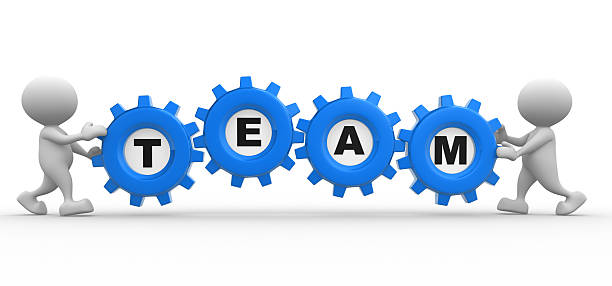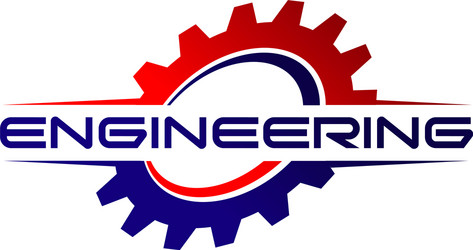DIRECTION CONTROL VALVES
Directional control valves are one of the most fundamental parts in hydraulic machinery as well and pneumatic machinery. They allow fluid flow into different paths from one or more sources. They usually consist of a spool inside a cylinder which is mechanically or electrically controlled. The movement of the spool restricts or permits the flow, thus it controls the fluid flow.
Classification
Directional control valves can be classified according to-
• number of ports
• number of positions
• actuating methods
• type of spool.
Example: A 5/2 directional control valve would have five ports and two spool positions.
Number of Ports
According to total number of entries or exits connected to the valve through which fluid can enter the valve
or leave the valve. There are types such as two way, three way, and four way valves.
Number of Positions
Including the normal and working positions which a valve spool can take there are types like two position, three position and proportional valves.
Actuating Methods
Manually Operated
Manually operated valves work with simple levers or paddles where the operator applies force to operate the valve. Spring force is sometimes used to recover the position of valve. Some manual valves utilize either a lever or an external pneumatic or hydraulic signal to return the spool.
Mechanically Operated
Mechanically operated valves apply forces by using cams, wheels, rollers, etc., hence these valves are subjected to wear.
ROTARY ACTUATORS
A rotary actuator is an actuator that produces a rotary motion or torque. The simplest actuator is purely mechanical, where linear motion in one direction gives rise to rotation. The most common actuators though are electrically powered. Other actuators may be powered by pneumatic or hydraulic power, or may use energy stored internally through springs.The motion produced by an actuator may be either continuous rotation, as for an electric motor, or movement to a fixed angular position as for servomotors and stepper motors. A further form, the torque motor, does not necessarily produce any rotation but merely generates a precise torque which then either causes rotation, or is balanced by some opposing torque.

